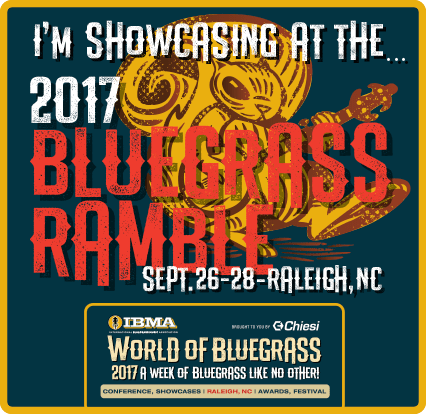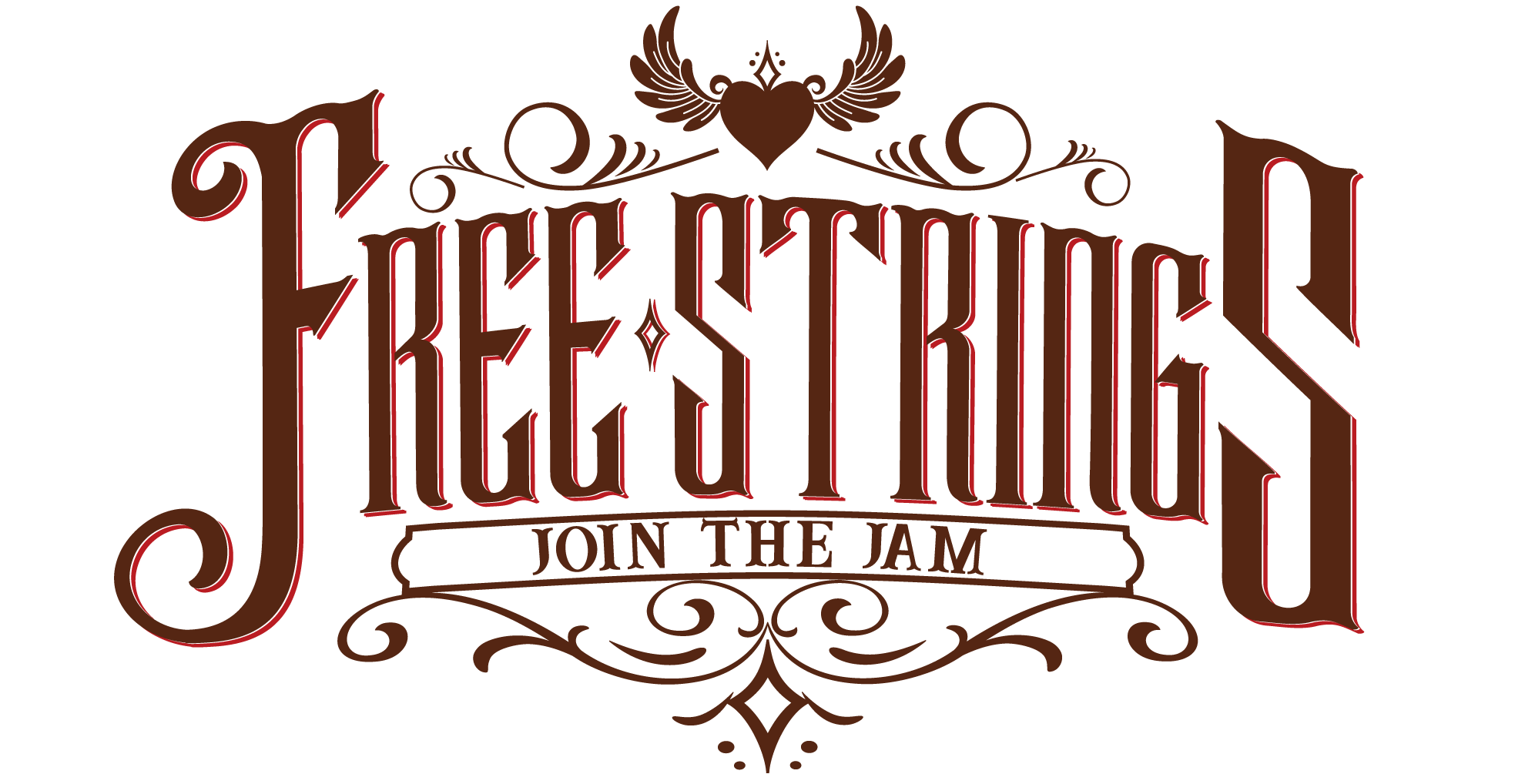Why Jamming?

There is a story that I often share in the “fiddle” community (otherwise known as “alternative strings” and a host of other clunky names that seem to connote that we are opposing the dominant paradigm).
It is based the observation that, as an orchestra director, my students often seem to relish the after-concert reward time more than the concert itself. A long-standing tradition in my own orchestra programs has been the reception, the visit to Chili’s or the ice cream that follows the big production. My students dutifully finish their last note, pack up their cases, change out of whatever formal dress they have been asked to adhere to and start laughing and relaxing.
On the other hand, when I play or attend a bluegrass festival with young people, the performance is generally a much less ceremonious affair. Often the audience participates with audible sharing of expression, clapping along and even shouting impromptu requests. Afterwards, it is a ritual that everyone heads out into the campgrounds or whatever area can contain a large group and the jamming begins. The jamming is the focal point of almost all festivals because it allows for all level of players to commingle and make music together. Jamming occurs all night at most festivals, with many a concerned parent waiting for the time when it’s appropriate to ask their child to come back to the campsite. It’s not an easy thing to do to break up a full throttle jam circle!
There is something to this I believe. I would love to survey the number of laughs these jammers have compared to the formal concert players with instrument in hand. On the other hand, I would hate to know how many formal string players are coerced by their parents to practice, to participate and to continue playing each year. In our current climate of limited arts funding, what is is that we are offering? What are our students taking away?
I love the phrase, “there are only so many hours in a day.” I have two high school aged children right now. I know how fast this is all going to happen. I want them to be disciplined but I want them to select the activities in school and in life that will teach them to laugh and love their way into that discipline. I don’t want them to experience fear at the end of a long season of work and focus. That’s why I am an advocate for teaching jamming in our public school music programs.
Even when our brightest and best practicers leave our classrooms and homes, they will be asked to participate in reading chords and improvising. I have lived this as a professional musician. Had I aspired to a career in the sight-reading heavy discipline of orchestral string playing, I STILL would have needed the by ear skills of improvising and chord following just to take side gigs. Studies show that music students are much more likely to actually pursue music if they have a diverse skill base that incorporates jamming and improvising. Aside from that, we already know that it gives them a huge amount of joy and low pressure musical engagement to learn to jam. SO…JOIN THE JAM today!
For more information on how your students and even you can begin a rich life of jamming that will compliment all of your other musical skills, head over to my lesson page at www.savagefiddler.com or book a workshop for your students with the Savage Fiddler in person!
*For more information on the current state of the American professional orchestra system, go to: https://www.nytimes.com/2016/11/16/arts/music/its-official-many-orchestras-are-now-charities.html
